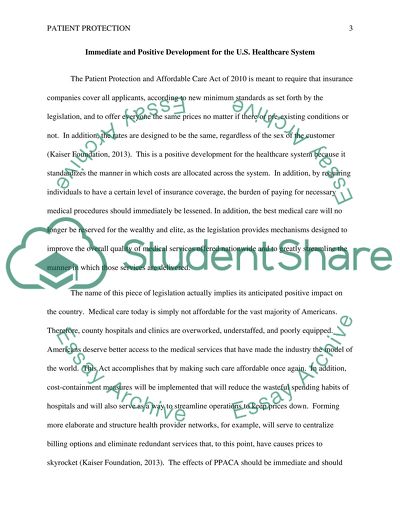Cite this document
(“Patient Protection and Affordable Care Act of 2010 - Pros Article”, n.d.)
Patient Protection and Affordable Care Act of 2010 - Pros Article. Retrieved from https://studentshare.org/health-sciences-medicine/1482546-patient-protection-and-affordable-care-act-of
Patient Protection and Affordable Care Act of 2010 - Pros Article. Retrieved from https://studentshare.org/health-sciences-medicine/1482546-patient-protection-and-affordable-care-act-of
(Patient Protection and Affordable Care Act of 2010 - Pros Article)
Patient Protection and Affordable Care Act of 2010 - Pros Article. https://studentshare.org/health-sciences-medicine/1482546-patient-protection-and-affordable-care-act-of.
Patient Protection and Affordable Care Act of 2010 - Pros Article. https://studentshare.org/health-sciences-medicine/1482546-patient-protection-and-affordable-care-act-of.
“Patient Protection and Affordable Care Act of 2010 - Pros Article”, n.d. https://studentshare.org/health-sciences-medicine/1482546-patient-protection-and-affordable-care-act-of.


